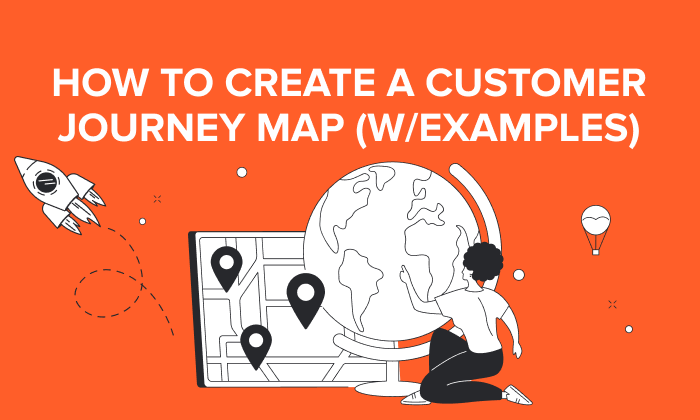What is Customer Journey Analytics

By Olivia Deng
A customer doesn’t just mindlessly purchase a product or service. They go through an entire journey, from discovering your brand, to purchasing your product or service, to sometimes recommending it to someone else.
To make sense of your customer’s journey, you’ll need to leverage customer journey analytics.
Every business, startup or enterprise — in any industry — needs to understand how customers interact with their brand. Insights gathered from customer journey analytics can help, while leading to increased customer lifetime value, customer loyalty, and revenue growth.
In this blog post, we cover the following:
- What is customer journey analytics?
- Customer Journey Stages
- Customer Journey Analytics Benefits
- Customer Journey Analytics Software
- Customer Journey Analytics vs. Customer Journey Mapping
What is customer journey analytics?
Customer journey analytics is a collection of data that helps you to understand how your prospects or customers behave, engage, and convert along the customer journey.
Customer journey analytics often begins with a customer journey map, which is a visual representation of every step the customer goes through with your business. Then, it applies data on how your customer behaves throughout different phases of that map, to help you assess the effect your customers’ journey has on your business, or what’s holding customer’s back from completing that journey and purchasing a product
Customer Journey Analytics Steps
1. Outline a customer journey map.
Create your customer journey map using HubSpot’s template
The first step to customer journey analytics is creating a customer journey map. A typical customer journey map includes the following: the buying process, user actions, emotions, pain points, and solutions. The customer journey map is the foundation for further analysis.
2. Identify the right analytics tools.
To accurately conduct customer journey analysis, you’ll need the right tools.
A good customer journey analytics tool will monitor, track, and analyze data like website data, conversion data, and detail data across multiple channels.
Customer data platforms (CDPs) also play a role in supporting customer journey analytics. The platforms assign unique IDs to your website and app to build single customer views, which can include information such as location, browser, device type, operating system, historical transactions, and visitor logs.
3. Collect your data.
A robust analytics platform should enable you to collect data on customer behavior. Data can be broken down into two main buckets: user data and interaction data.
- User data: Provides context on a user and their traits. Data can include email, age, industry, and occupation.
- Interaction data: Gives information about how a user interacts with your product or service.
4. Analyze data.
Data in itself is not meaningful without analysis. The purpose of customer journey analytics is to make sense of the data …read more
Source:: HubSpot Blog









